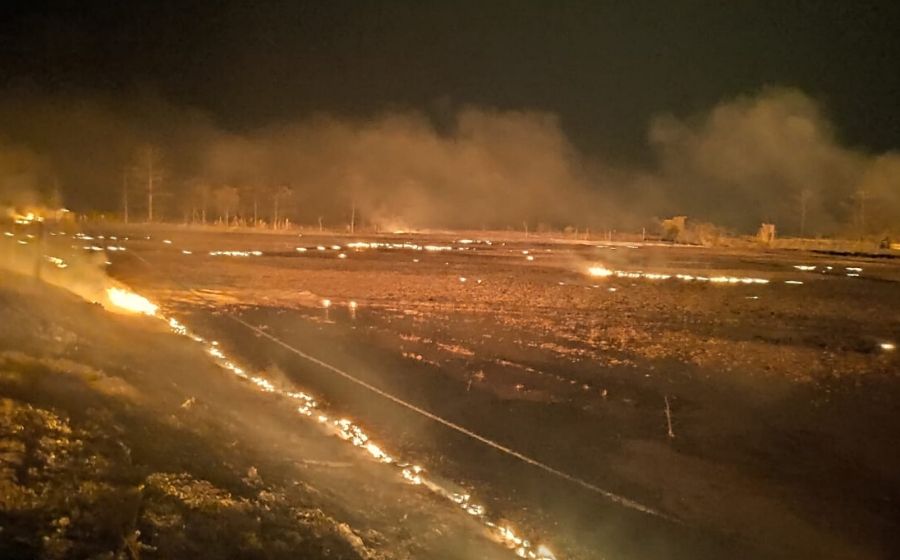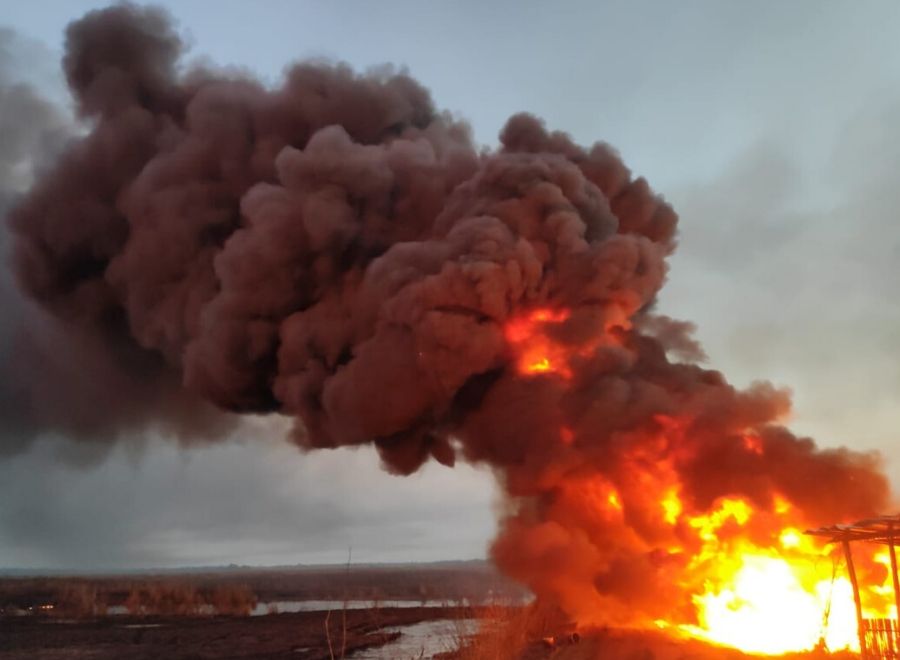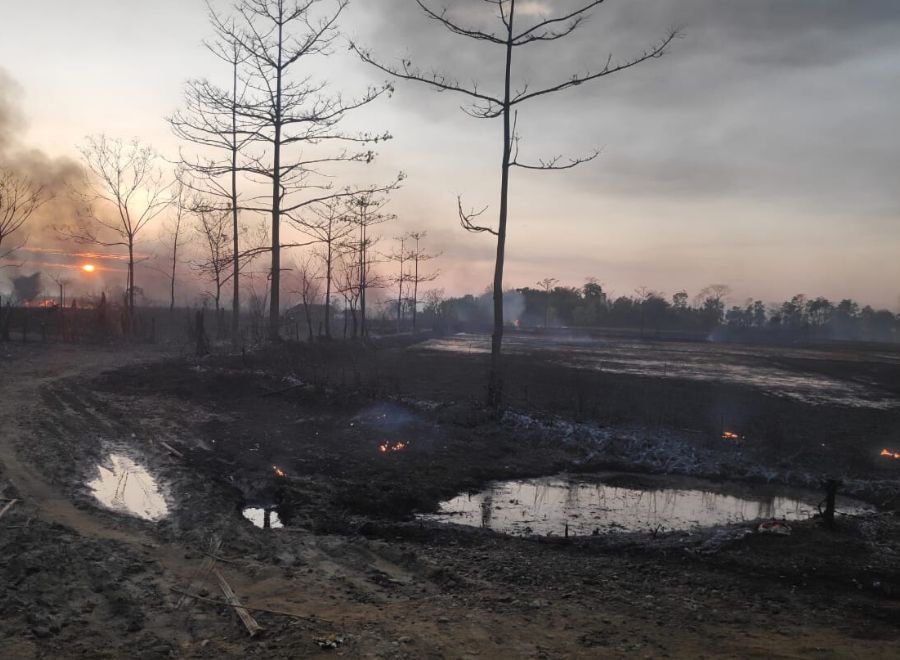
Assam fire may leave a long-term scar on biodiversity, fear environmentalists

As the local media reported that at least five people had died since the leakage of poisonous gas which led to the fire accident in Assam’s Bhaghjan oil well on Wednesday (June 10), a preliminary investigation by the Tinsukia district administration has revealed that the deaths were not linked to the gas leakage, but due to natural causes.
Following a huge explosion, a massive fire broke out at the oil well, operated by The Oil India Limited (OIL), in eastern Assam’s Tinsukia district on June 9. Two firemen—Durlov Gogoi and Tikheswar Gohain—had died in the mishap and their bodies were recovered by the National Disaster Response Force (NDRF) on June 10. Four others sustained injuries.
“Immediate compensation is being disbursed to the families of two OIL employees, who sacrificed their lives,” said an OIL statement.
The oil well, surrounded by wildlife sanctuaries and eco-tourism hotspots, began emitting gas and associated condensate on May 27, causing damage to the flora and fauna. The fire continues to engulf the site for the second consecutive day.

OIL authorities said it would take another four weeks to douse the fire and stop the leakage of gas and condensate. “Currently, fire tenders are spraying water to contain the fire from spreading to the surrounding areas. Arrangement for additional water is in progress,” OIL spokesman Tridiv Hazarika told The Federal.
Former footballer among deceased
Durlov Gogoi happened to be a former footballer who represented Assam in various national level (junior) tournaments and he had been a regular at the OIL Football Club.
Durlov’s former teammate at OILFC, Durga Boro said he had joined the club in 2003 and actively played until 2012 before engaging himself as a full-time fireman. “We are pained to get the news of Durlov’s demise. I hope it’s not true. I came to know yesterday (June 9) that he was missing my worst fear come true today,” Durga told The Federal.
Earlier on June 9, the massive fire engulfed a huge area and gutted residential areas—houses, trees and agriculture fields. When the fire broke out there were around 200 people, including engineers and technicians from OIL and ONGC, and experts from Singapore, at the site. They had a narrow escape.
Environmentalists raise concern
Meanwhile, locals and environmentalists have feared that the accident could lead to a long-term scar on the biodiversity and human lives.
Maguri-Motapung wetland, a spot known for avian and aquatic species is located towards the south of the site and is not even a kilometre away. Dibru Saikhowa National Park, another biodiversity hotspot, lies around 2 km far in the north. Already, a dolphin and several varieties of fishes in the nearby waterbodies died due to oil spill.
Related News: Assam: Delay in plugging oil well blowout threatens lives, ecology
Since May 27, more than 2,500 people have been shifted from the surrounding areas of the blowout site and have been placed in relief camps around 2 km away from the site.
Oil and associated condensates had fallen like raindrops onto water, Niranta Gohain, a local environmental activist, told The Federal. The oil spill has already destroyed grasslands in the nearby areas to a stretch of around 1.5 km to 2 km.

“We have already seen birds and other species suffering. It’s a nesting season and many birds have left their nests. The green has become brown now. After the fire, everything was gutted to ashes,” said Gohain.
Locals have staged a protest, demanding that the OIL should stop drilling in the eco-sensitive zones. “Apart from dolphins and fishes, we have witnessed snakes and birds dying. Some people too have developed breathing problems and irritation on their eyes,” Gohain added.
The oil well, which has been operational since 2005, was producing around 1 lakh Standard Cubic Metre gas a day from a depth of 3,870 metres.

